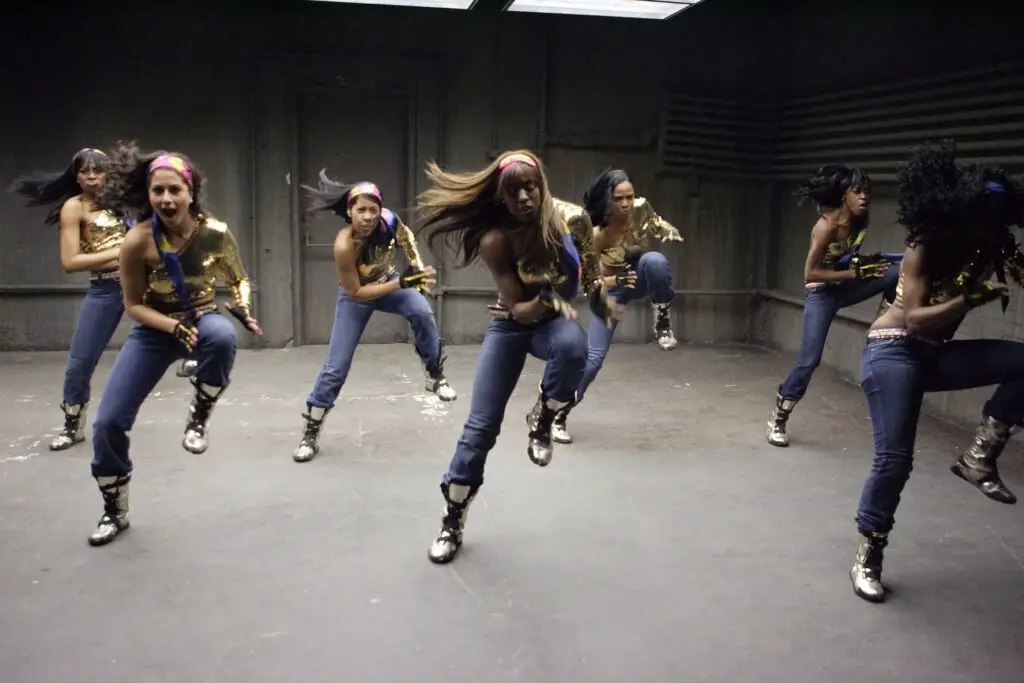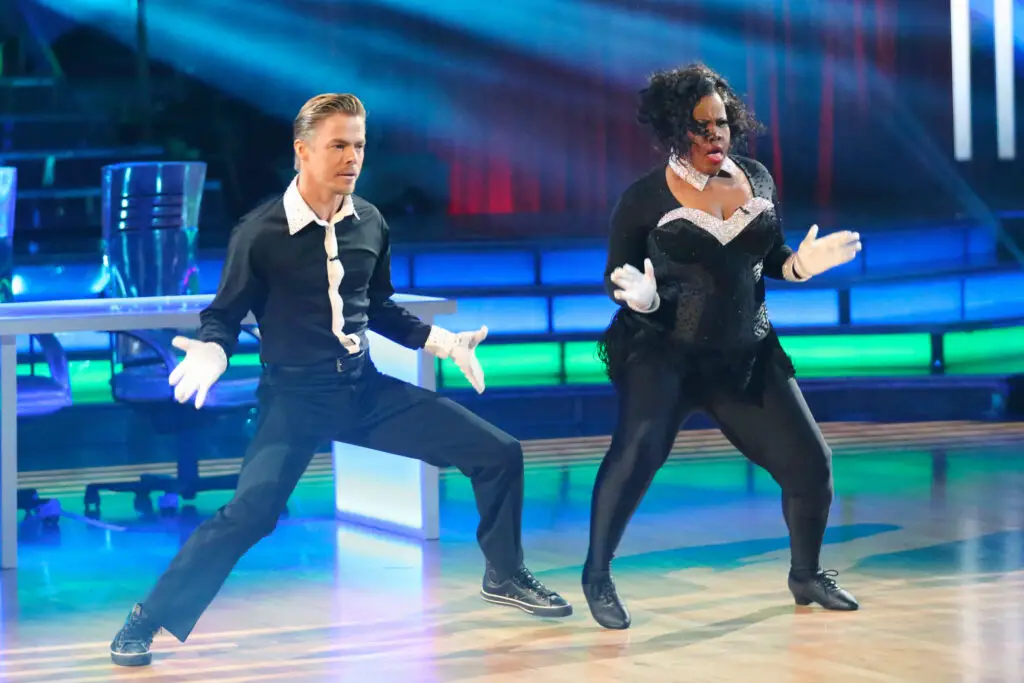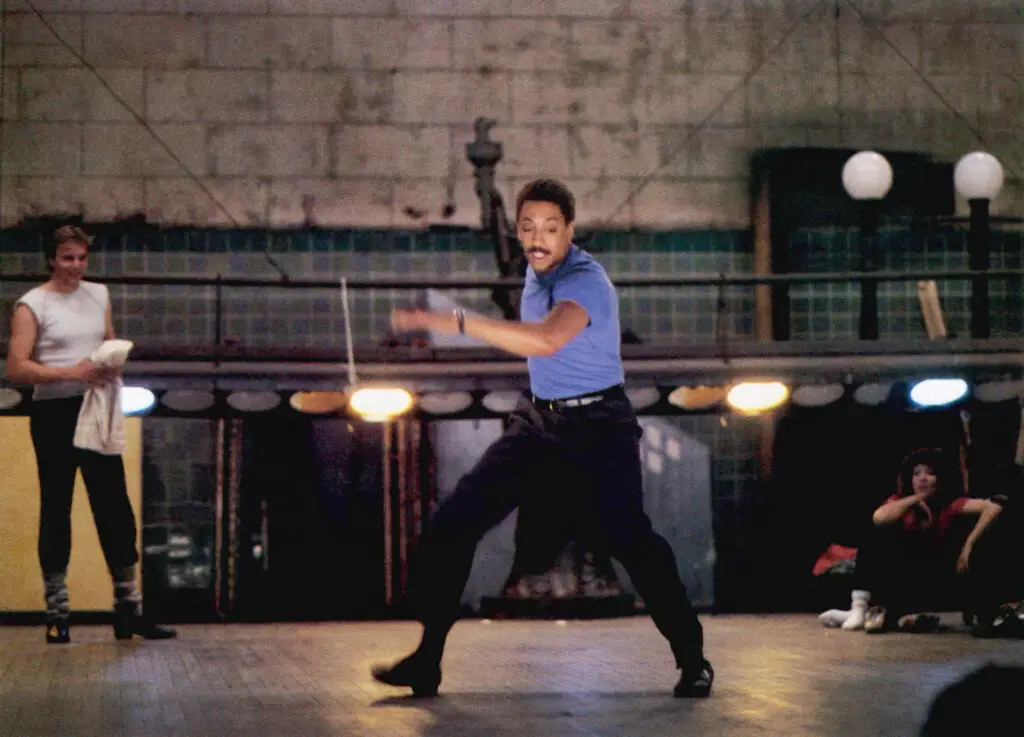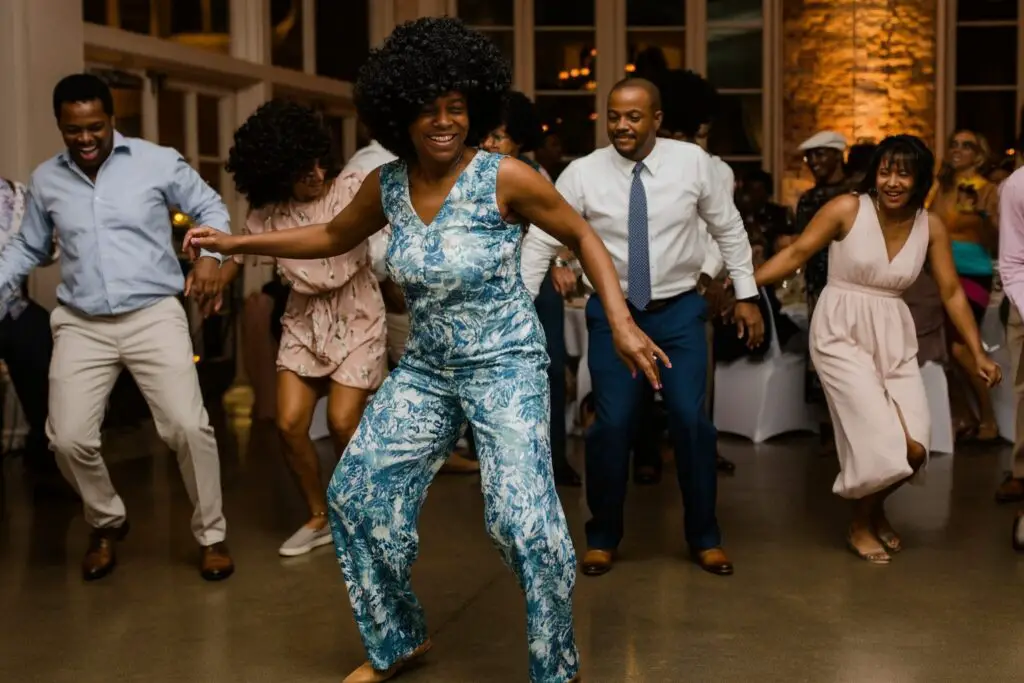1. Hip-Hop Dance

Hip-hop dance started as a raw, energetic expression of street culture in the Bronx during the ’70s, and it didn’t take long before it reshaped the entire dance scene. With styles like breaking, popping, and locking, it turned dance battles into high-stakes performances, blending athleticism with pure artistry. What made hip-hop dance so game-changing was its improvisational nature—it wasn’t about memorized routines but about feeling the music and telling a story through movement. Shows like Soul Train helped introduce hip-hop styles to mainstream audiences, while artists like Michael Jackson took popping and locking to an entirely new level says BridgeDetroit.
By the ’90s, hip-hop dance had cemented itself in pop culture, with music videos, movies, and even commercials incorporating its influence. You couldn’t turn on MTV without seeing someone hitting a backspin or executing a flawless robot. Today, hip-hop dance is everywhere, from TikTok challenges to professional dance competitions, proving that its influence is as strong as ever. It’s more than a dance—it’s a culture, a way of life, and a universal language of movement.
2. Jazz Dance

Jazz dance is one of those styles that’s hard to pin down because it’s constantly evolving, but its roots trace back to the Black communities of the early 20th century. Inspired by African dance traditions and infused with the rhythms of jazz music, it brought a new level of freedom and excitement to the dance floor. During the Harlem Renaissance, venues like the Savoy Ballroom became hotspots for dances like the Charleston, the Lindy Hop, and later, swing dancing. What made jazz dance so revolutionary was its ability to blend technical skill with uninhibited movement, creating something that felt both polished and spontaneous adds New York Times.
By the mid-century, choreographers like Katherine Dunham and Jack Cole were shaping jazz into the sleek, high-energy style that would dominate Broadway and Hollywood. Bob Fosse took it a step further with his signature sultry, angular movements, making jazz dance a staple in musicals and pop performances. Today, jazz dance continues to thrive in everything from theater to music videos, proving its lasting impact on pop culture. It’s one of those styles that never goes out of style because it’s always reinventing itself.
3. Tap Dance

Tap dance might feel like a classic, but when it first emerged in the 19th century, it was a revolutionary blend of African and Irish step dancing. Black dancers in the Vaudeville era helped refine and popularize tap, turning it into a uniquely American art form with fast footwork and intricate rhythms. The Nicholas Brothers took it to breathtaking heights with their acrobatic, gravity-defying moves, proving that tap wasn’t just about making sound—it was about creating an unforgettable spectacle. Bill “Bojangles” Robinson broke barriers by bringing tap to Hollywood, while later artists like Gregory Hines and Savion Glover kept the tradition alive with their own bold, rhythmic innovations said the Boston Globe.
Unlike other dance styles, tap is just as much about music as it is about movement, turning dancers into percussive instruments. It’s why tap has had such a lasting influence, even showing up in modern hip-hop and jazz performances. Even though it doesn’t dominate pop culture the way it once did, its legacy is still felt in dance movies, theater, and even viral dance clips. There’s nothing quite like the sound of well-executed tap—it’s pure magic in motion.
4. The Electric Slide

The Electric Slide is a line dance that became a mainstay in American dance culture, especially in the ’80s and ’90s. While it was inspired by the rhythm and movements of disco, the dance grew into a widely popular and enduring group dance that everyone from wedding guests to partygoers can jump into. It’s performed to a four-wall formation, with dancers following a simple sequence of steps: side steps, kicks, and turns, all while staying in sync with the rhythm of the music. The Electric Slide’s appeal lies in its accessibility—almost anyone can learn it, regardless of age or dance experience.
Over time, the Electric Slide became a classic at social gatherings, especially in Black communities, where it played a prominent role in celebrations. It was first popularized by artist Marcia Griffiths, whose 1989 hit song “Electric Boogie” made the dance a household name. Today, you can see the Electric Slide in dance halls, parties, and even school gymnasiums, proving its staying power. It’s not just a dance; it’s a cultural tradition that encourages unity and collective participation, helping people connect across generations and backgrounds. The dance may have started out as a simple line dance, but it’s evolved into a celebration of joy, movement, and community.
